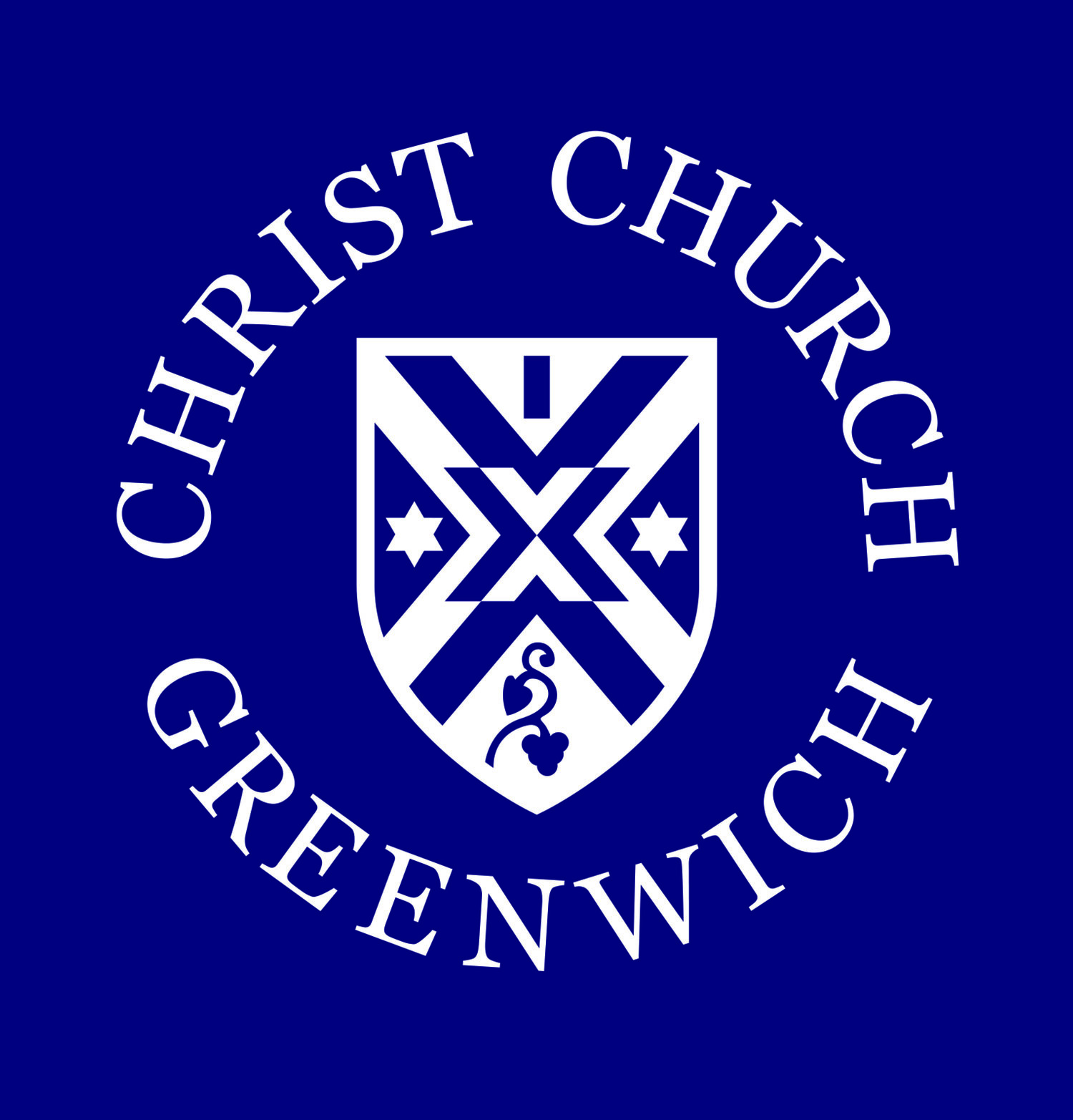THE ASCENSION
We celebrate Christ’s ascension to Heaven on a Thursday, 40 days after Easter. This year it falls on May 25. It is a principal feast of the Episcopal church year. We affirm the ascension of Christ in the Nicene and Apostles’ Creeds. His human form ends and Christ no longer appears to any of his followers as he had for the 40 days after the empty tomb and Christ’s resurrection. It marks the final elevation of his humanness to divine glory with God. The story as it is told in the Gospel Luke is shown here. Luke includes the most detailed and graphic description of the Ascension. Luke 24: 45-53.
This Bavarian designed window of the ascension was installed in the west wall of the transept in 1910. Although the Resurrection window, located in the opposite transept, was designed in London, the windows mirror each in size and use the same symbolism of three levels. The lower section is for those who are earthbound, the middle section shows Christ is his dazzling white garments with 11 seraphim (the highest order of angels). The nail holes in his hands and feet are obvious. In the lower level we see the followers, who are perhaps receiving a blessing from Jesus. The figure in that circle covering his head may be a Roman soldier or Thomas.. The upper level represents heaven with its castles like the mansions in my Father’s house (John 14:2). Bethany, from where Jesus is reported to have ascended, is in the upper left lancet with cedars, which represent healing. Among the other plants in this window are violets, depicting beauty and love in its highest form; daisies for innocence; and palm trees for triumph.
The window was designed by the Mayer and Company in Munich as a memorial for J. Frederick Ackerman, one of New York’s largest paper merchants and a generous supporter of Greenwich causes. He died at his summer home in the Belle Haven area in 1908. Above the window is floral lancet in memory of Harry R. Blunt, As is typical in windows from southern Germany, the colors are muted, soft and rich. They are easy on the eye and the faces are expressive yet peaceful. The memorial inscription is at the bottom of the central panel. The left and right panels read “Seek ye first the kingdom of Heaven and these things and all things will be added unto you.” (Luke 12:31)
Karyn Royce
Photo courtesy of The Stained Glass Project by Lynne Smith and Lawrence Sterne

